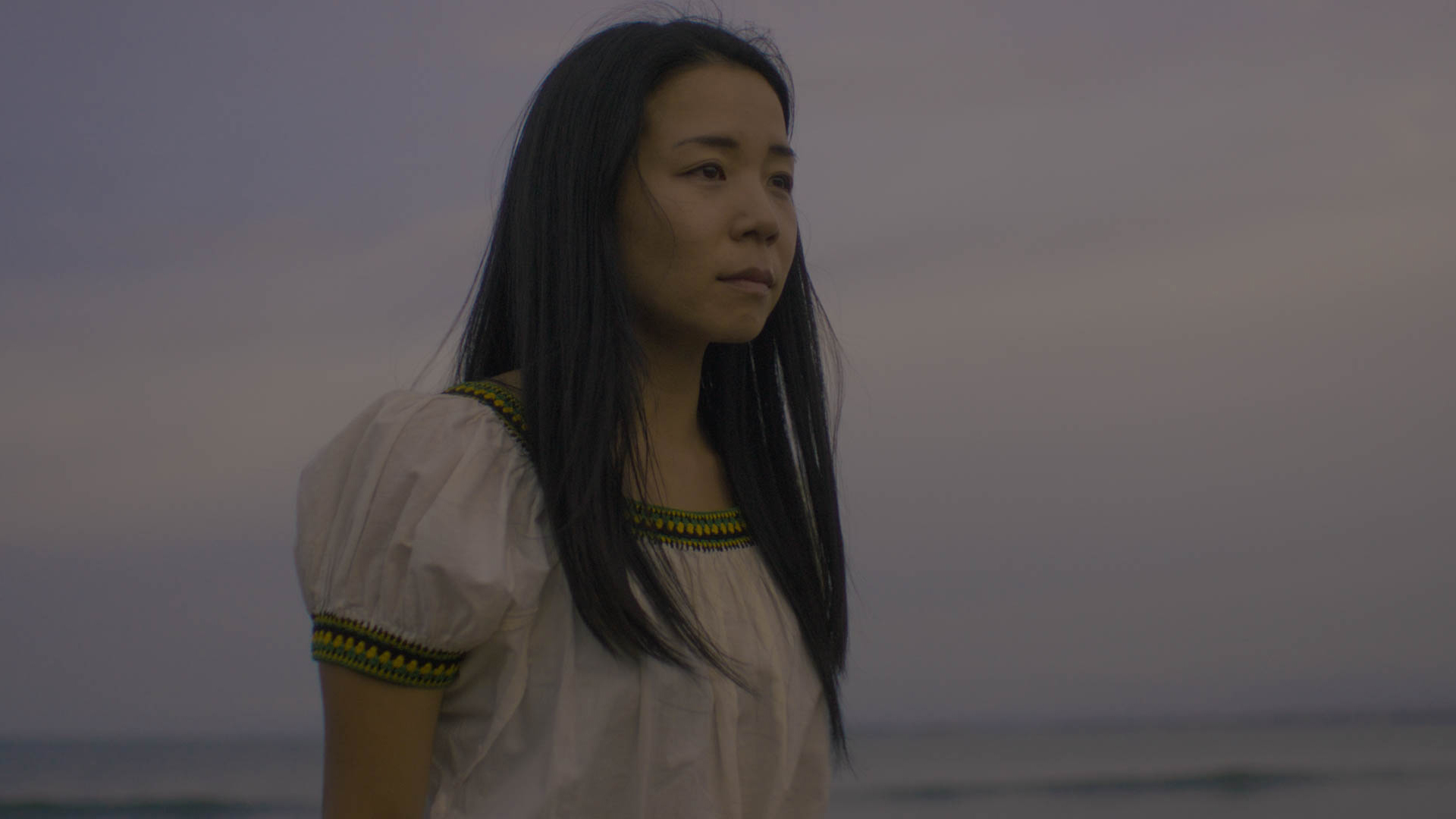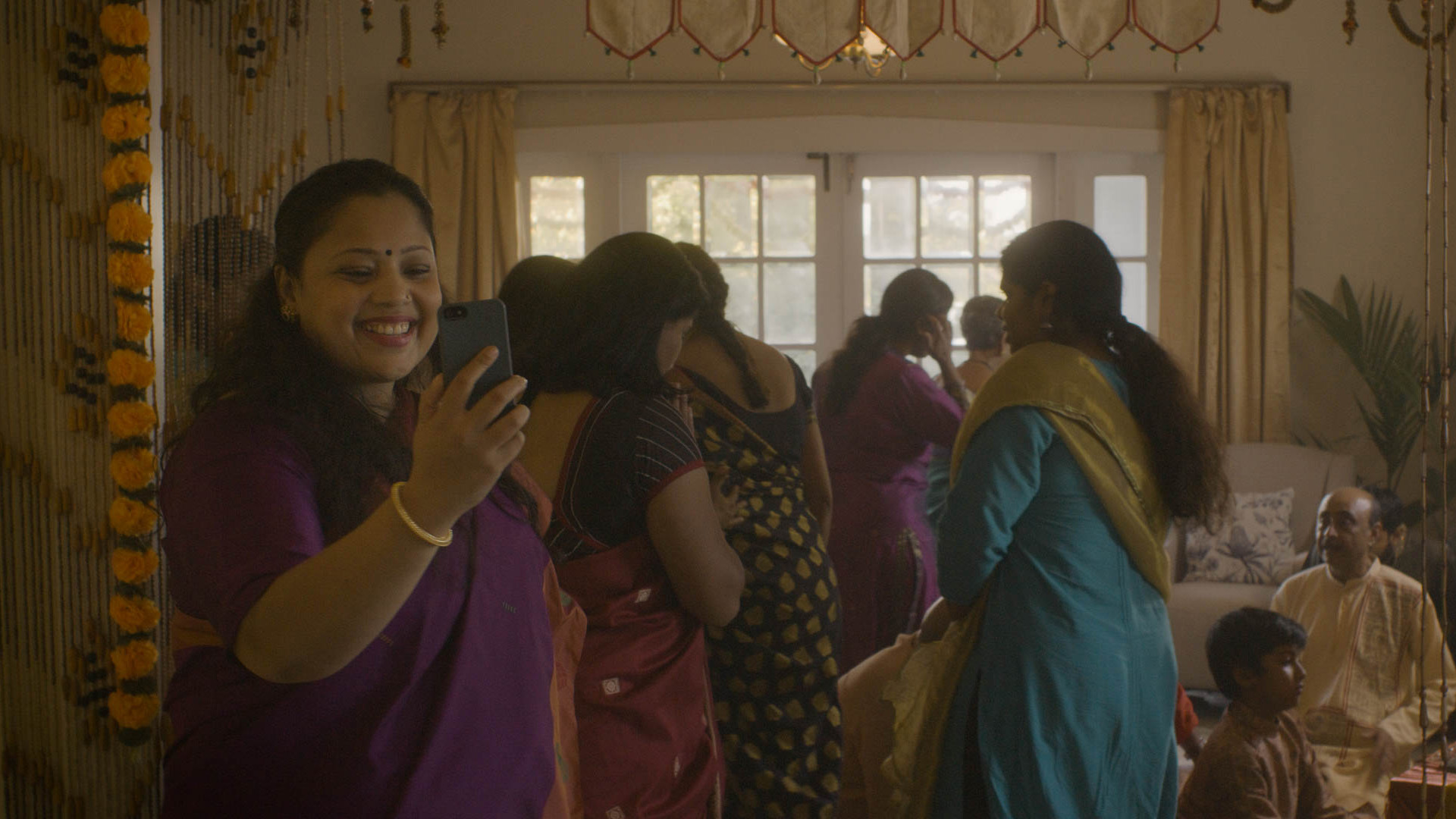Making Seats at the Table: An Interview with Kerry Warkia

Critics Campus 2022 participant Brooke Heinz speaks to producer Kerry Warkia about the importance of representation and collective creativity, as exemplified by the film Kaīnga and its predecessors Waru and Vai.
For New Zealand–based Kāinga producer Kerry Warkia, restriction doesn’t mean limiting your vision. In fact, it can mean greater opportunity.
Warkia and her partner (both in producing and life), Kiel McNaughton, sought to “move the dial” on inclusivity in New Zealand’s film industry. Specifically, they wanted to empower female filmmakers who reflect their own, often underrepresented cultural backgrounds. Warkia is Papua New Guinean and Scottish, while McNaughton is Māori-Chinese and pakeha. They knew a feature wouldn’t fit their needs, budget- or mission-wise. Instead, Warkia and McNaughton settled on a format that would bring to the forefront both female filmmakers and authentic representations of culture. That format is the portmanteau film: a feature-length anthology of shorts interconnected in their thematic and narrative concerns.
In 2017, Warkia and McNaughton produced Waru through their production company Brown Sugar Apple Grunt. Waru consisted of eight 10-minute fictional shorts by female Māori filmmakers, each covering a different reaction to the death of a Māori child. Two years later, Vai (MIFF 2019) turned the focus to the Pacific Islands, its nine vignettes providing glimpses into the lives of Pasifika girls and women as they reckon with discrimination, separation and the impacts of colonialism.
The production method behind Waru and Vai was as collective as their portmanteau structure. Warkia and McNaughton employed a communal approach to production, which brought the filmmakers together on a five-day writers’ retreat, during which they wrote and finished their scripts. “There’s a collective of women holding the stories and subject matter, as well as supporting each other through the filmmaking process. That was kind of our vision,” says Warkia.
Following pre-production, filmmakers were given just one day to shoot their short, which had to be filmed in one continuous take. “We really wanted that immediacy and urgency of staying with the character the entire time and having no breaks, no cuts,” she explains. “You don’t let the audience off.”
The one-take approach also gave the filmmakers behind Waru and Vai more agency over their work. With no additional coverage, the possibility of outside creative interference in post-production was also eliminated. “That was really important to us because the stories are so personal,” says Warkia. “To make sure that the essence of the story they wanted to tell was going to be true and genuine from what they wrote to what we ended up screening.”

Kainga
Working on Waru helped launch the careers of several contributing filmmakers, such as Paula Whetu Jones (Whina), Katie Wolfe (The Brokenwood Mysteries), and Briar Grace-Smith and Ainsley Gardiner (Cousins).
“I have to stress that, obviously, they’re all talented in their own right,” clarifies Warkia, on the impact of Waru. “[But] I think it’s just creating the opportunity of visibility in a collective that has actually opened up spaces [and] opened up doors to them that wouldn’t necessarily have been opened before, or as fast.”
The latest entry in the series, Kāinga, continues to give a platform to emerging female filmmakers. Created by 11 Pan-Asian writers and directors (bringing the trilogy’s total number of female writers and directors to 29), Kāinga spans five decades and tells eight stories of first- and second-generation immigrant women settling in Aotearoa. Warkia recalls that, when putting together the director line-up for Kāinga, they “wanted to make sure [they] were representing as many countries as [they] possibly could in the storytelling, but also in the 11 women who were sitting at the table”.
Kāinga maintains the stylistic and production hallmarks of the trilogy: the one-take shots, the workshop sessions, even a lot of the same crew. But there was one major difference – the pandemic. The approach spearheaded by Warkia and McNaughton, who were also joined this time by producer Shuchi Kothari, ended up proving vital to completing Kāinga.
“I think that, if this was the first one, it may have completely fallen apart,” says Warkia. “But because it was the last one and we had already built a community within the team and the crew – and because we’d seen what the outcome could be with Waru and with Vai – we knew we were working towards something really special.”
With Kāinga on the festival circuit, Warkia and McNaughton are now looking to help uplift female filmmakers in other countries with their approach. Next stop: Australia. Warkia is working as executive producer on the Screenwest initiative RED, which will highlight this country’s First Nations stories. Although production has been postponed due to COVID-19, writers’ retreats have already taken place over video call.
While Warkia and McNaughton’s process may continue to change as it adapts to new cultural contexts and unforeseen circumstances, the emphasis on supportive and inclusive filmmaking is unwavering. From the simple decision to extend the collective nature of the portmanteau format into approaches to production, Waru, Vai and now Kāinga are exemplifying a winning formula with which to improve diversity both onscreen and behind the camera.
“The biggest takeaway for me is that people are the absolute currency that we work with in this industry,” Warkia says. “People are everything. You can’t do anything by yourself. You have to do it with a collective, and everyone has to be working together to achieve the same thing.”